The Whistletrip: Itinerary
- Day 1: Carcassonne
- Day 2: Minerve & Le Somail
- Day 3: Albi
Why Go
Fairy tale castles. Winding cobbled streets. Soaring hilltop cathedrals. Travel through this stretch of Languedoc is like a journey back in time. Mouthwatering cassoulet, sweet muscat, and handmade confectionery add to the magical landscape to offer sensory overload. When Carcassonne is busy with day trippers, lunch and bright afternoons are the times to visit the area’s charming villages – with a return to the citadel when it has emptied out and reaches its atmospheric best in the evening.
To Travel Agent or Not To Travel Agent
Definitely not. Kayak and Booking.com are all you need.
Practical Planning
Taxis are limited and there is no Uber. The best places to rent a car are Toulouse and Béziers, which I had taxied to from Capestang to collect mine after 2 days of walking along the Canal du Midi. Automatic cars are rare so if you cannot drive manual / stick shift, book your car at least 4 weeks in advance and be prepared to pay a hefty premium.
Closest large airports are at Toulouse and Montpelier, and Béziers is served by Ryanair. Train connections to Carcassonne are user friendly and fast, and the city can also be reached from Barcelona in 3 hours, by car.
Day 1: Carcassone
The magnificent citadel of Carcassonne looms over the surrounding countryside, making it unmissable as you drive or barge towards the city. This spectacular UNESCO World Heritage Site consists of 53 Sleeping Beauty-like towers connected by two thick concentric walls, a moat, and heavy barbicans, a dramatic portcullis and draw-bridges.

Stepping inside the citadel is an almost Disney-like experience – except a lot more authentic. The hill site became a significant trading place starting in in the 6th century BC and was fortified by the Romans, later growing during the rule of Charlemagne. From 1067 until the 13th century, Carcassonne flourished under ownership of the powerful Trencavel family, with the construction of the beautiful Basilica of Saints Nazarius and Celsus inside the citadel’s walls.
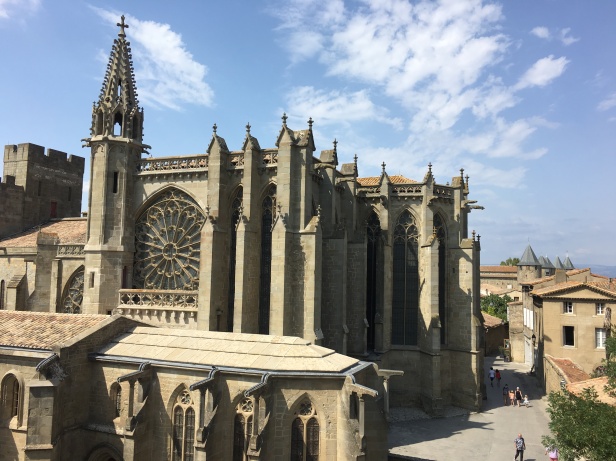
There is enough even within the citadel to spend the whole day here. The quirky Maison de La Chevalerie chronicles the history of chivalry in medieval France, while the unsettling Musée de l’Inquisition presents old instruments of torture. Souvenir stores selling mini swords and suits of armor line the winding streets.
Entering at Porte Narbonnaise, walking along the walls is a real treat. From the top, you peer down into the backyards of medieval houses, across the Languedoc fields, and peek through arrowslits through which archers once would fix their sights on approaching attackers, bows at the ready. At night, the citadel is illuminated with soft lighting that creates a particularly romantic, magical atmosphere – though it only takes a little imagination to envision what ghosts might roam these ancient walkways.
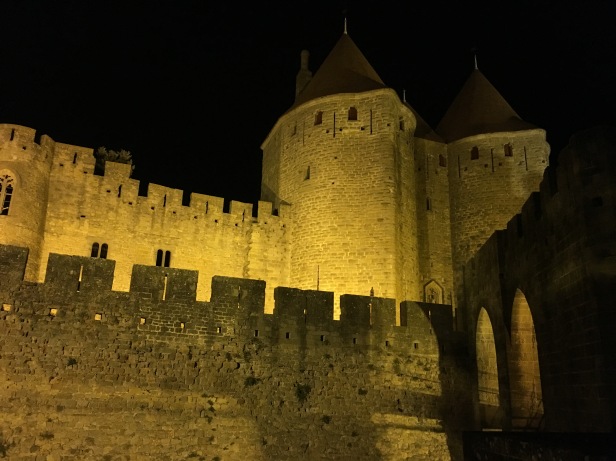
- Stay: Hôtel de la Cité. This 5*Accor hotel is located inside the actual Carcassonne citadel – reaching it involves driving right up to a check point at the fortress’ walls and driving along the base of its ramparts to a hidden parking lot before being transferred in a golf cart. The rooms are designed to match the ancient location, lining winding corridors built into the citadel walls and fitted with heavy regal red velvet curtains. The common areas follow suit, with restaurant La Barbacane decked out in wood paneling reminiscent of medieval banquet halls.

Hôtel de la Cité (right) is embedded in the ramparts of Carcassone’s citadel © The Whistletrip Breakfast is served on a pristinely hedged patio looking over the citadel’s ramparts, and the hotel’s pool sits at the foot of one of the fortress’ towers. The location and ambiance are impeccable, and worth a 2 night stay to anchor a visit to both Carcassonne and the surrounding countryside.
- Eat: Restaurants inside the citadel are aimed squarely at tourists, offering mediocre fast food, crêpes and cassoulets (the local specialty stew of white beans and pork skin). My favorite meal was a picnic of artisanal delicacies gathered from niche stores and consumed by a lock on the Canal du Midi. Head to La Ferme, in the citadel at 26 rue Chartran / 55 rue de Verdun, to stock up on cheese, jams, and tins of duck liver pâté, while L’Art Gourmand at 13 Rue Saint-Louis has brightly colored candies, chocolate covered fruit, and sugary jellies.
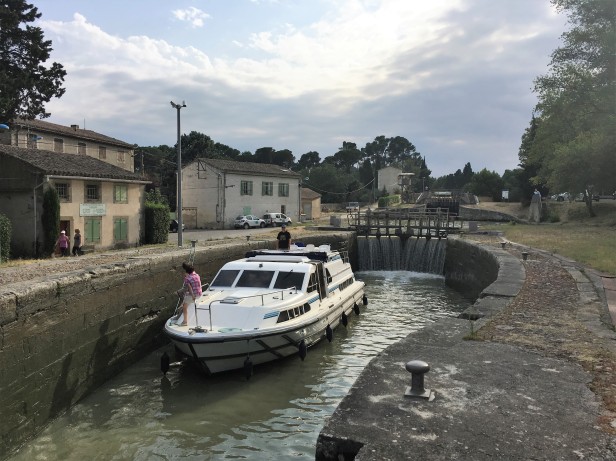
The lock on the Canal du Midi, close to Carcassonne, is a great picnic spot © The Whistletrip
Day 2: Minerve & Le Somail
To escape Carcassonne’s daytime crowds, head about 50 minutes east to Le Somail to visit the amazing Trouve Tout du Livre. This treasure trove of a bookstore offers 50,000 volumes of antique, second-hand and out-of-print books, and is teeming not just with attractive volumes but old maps, vintage posters, sketches and paintings. Book binding and renovation services are also offered there.
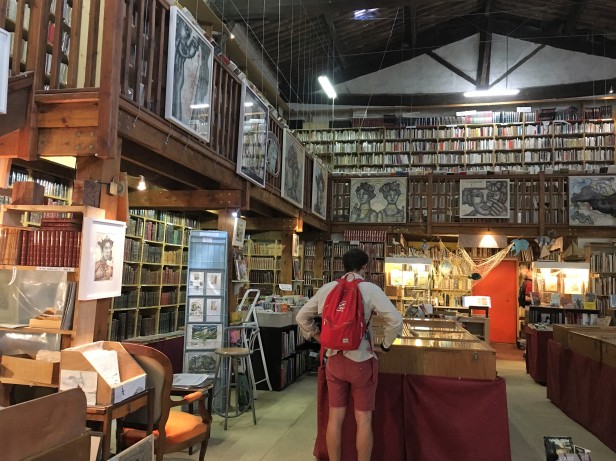
Clustered around Le Somail’s bridge – at the heart of the village – is a small restaurant, a bargee’s chapel, and a cute gallery displaying Languedoc landscapes. Don’t miss the moored barge selling croissants, baguettes, eggs and jams.
Picnic in hand, drive 25 minutes to Minerve, which basks in its reputation as one of the most beautiful villages in France. The main bridge leading across the gorge of the River Cesse and into the village is closed to all non-resident passenger vehicles, preserving the peace for happy pedestrians.
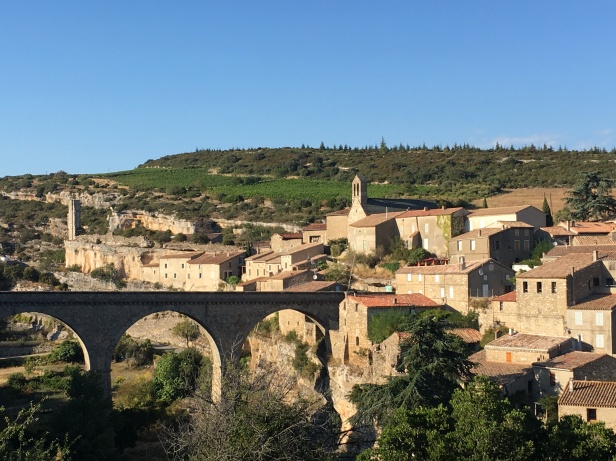
Minerve has a grizzly history: its old bastion was destroyed in 1210 by Simon de Montfort – military leader of the crusade against the Cathar heretics – and there is a memorial at the site on which 140 Cathars were burnt following his invasion. Today, the village is better known for its wine – the Romans planted the first vines in the Minervois area and immediately upon entering town, a small store offers tastings of excellent sweet Minerve muscat.

Day 3: Albi
On the last day in Languedoc, I decided to venture away from the Canal du Midi and determined almost to stick a pin in a map to find a destination. A 15 minute Google search for local UNESCO World Heritage Sites sent me just over 50 miles north of Toulouse to the magnificent Gothic city of Albi.

The Old Bridge (Pont Vieux) into the city was built in 1040, and incredibly is still in use today. It leads into Albi’s ancient quarter, which is characterized by red brick and whose architectural consistency and exquisite yet accessible preservation reminded me of one of my favorite places in the world: England’s city of Bath.

Albi’s crown jewel is the towering Sainte Cécile Cathedral which was built between the 13th and 15th centuries. The cathedral dominates Albi’s skyline and its heavy, imposing exterior belies the sumptuous murals and decadent decor inside.
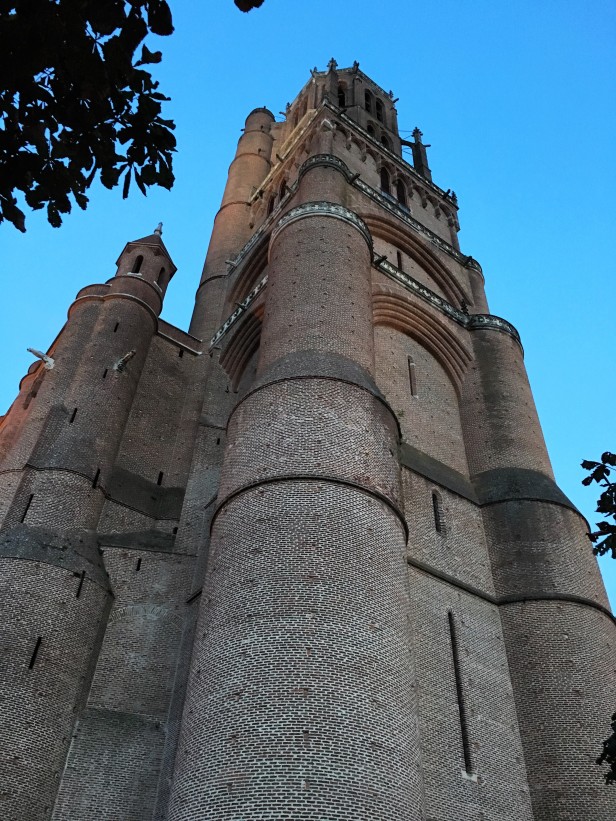
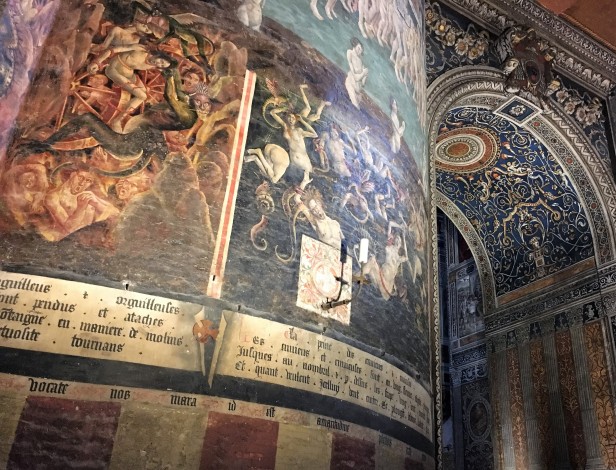
Also built during the 13th century is the Berbie Palace, where the bishops of Albi resided and one of the oldest fortified palaces in France. Now home of the Toulouse-Lautrec Museum, it is worth a visit for its formal gardens and views overlooking the Tarn River.

For all its serious culture, there is a bohemian side to Albi that comes with being a university city. While roaming around the city’s preserved walls, I came across DJs spinning electro tunes and bar tenders serving up al fresco cocktails at a psychedelically lit music festival. An unexpectedly fun and modern way to wrap up a visit to this under-rated seat of history.

- Stay: Alchimy, a 4* hotel with a great brasserie. Perfectly situated in the heart of Albi’s old town, this 5-room boutique property has bold colors, fun art and chic design and enormous mirrored bathrooms.

Room at Alchimy hotel in Albi © The Whistletrip
© Ann Berry


